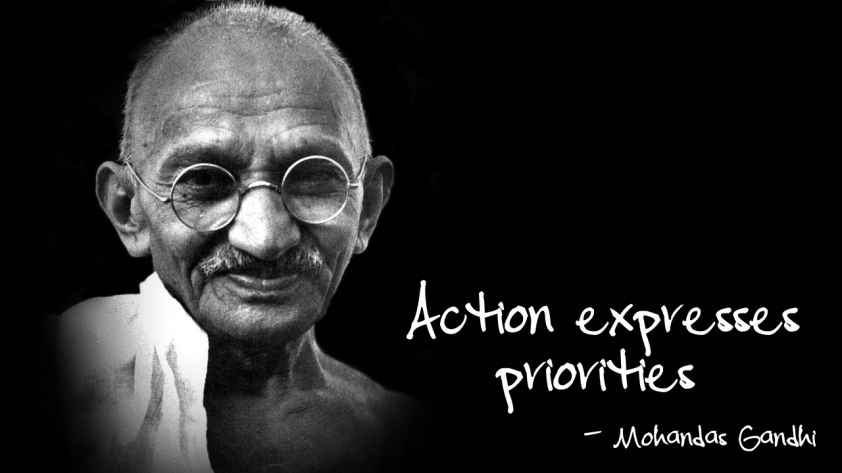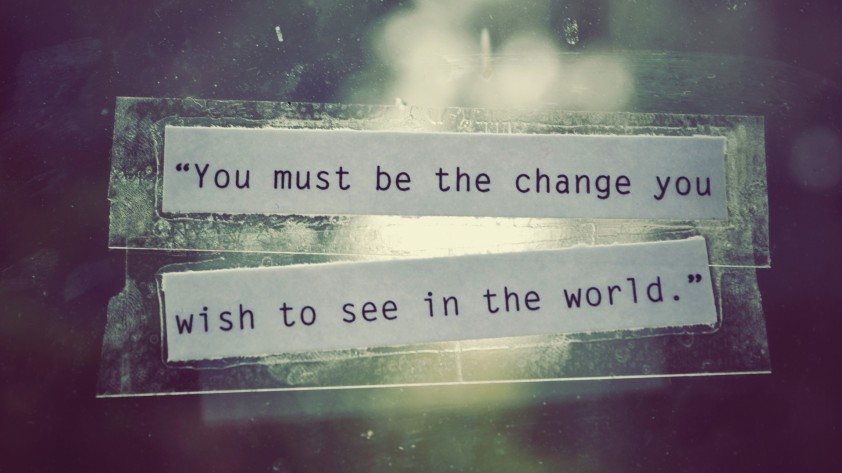
So I figured out what was bothering me about the grandstanding in my newsfeed this past week. It’s easy to jump on the latest cause celebre being saturated with media coverage. It requires no effort. People celebrate whatever they like on social media and feel good about themselves. And this past week I was inundated with images of stars-and-bars and rainbows.
 But here’s the rub for me: if I want to make a difference, I can’t just sit on social media jumping on bandwagons that make me feel good about my opinions and biases. I need to get out there in the community and make a difference by DOING something that makes a real difference in people’s lives.
But here’s the rub for me: if I want to make a difference, I can’t just sit on social media jumping on bandwagons that make me feel good about my opinions and biases. I need to get out there in the community and make a difference by DOING something that makes a real difference in people’s lives.
 I know, I know, it takes risk and hard work to help disenfranchised children, the poor, the sick, the unpopular people in my community upon whom everyone looks down….but going out of my way to be champions for them actually will make a difference, as opposed to spouting off on social issues online and changing my profile pic accordingly.
I know, I know, it takes risk and hard work to help disenfranchised children, the poor, the sick, the unpopular people in my community upon whom everyone looks down….but going out of my way to be champions for them actually will make a difference, as opposed to spouting off on social issues online and changing my profile pic accordingly.
 In reading this, please don’t make any presumptions about my stance on any of the huge issues that received media (and social media) over-attention this past week; because I was sincerely happy with each decision. My point is, it’s not a good use of my time and potential to make a difference safely jumping on bandwagons or settling for attention-grabbing grandstanding.
In reading this, please don’t make any presumptions about my stance on any of the huge issues that received media (and social media) over-attention this past week; because I was sincerely happy with each decision. My point is, it’s not a good use of my time and potential to make a difference safely jumping on bandwagons or settling for attention-grabbing grandstanding.
What have you done to make this world a better place? Do the people who know you right where you live recognize you as a change agent champion for others? If not, may I suggest a little less time online and a little more time doing good…not just feeling good about what others have done to make the landmark accomplishments of the last week a reality.






